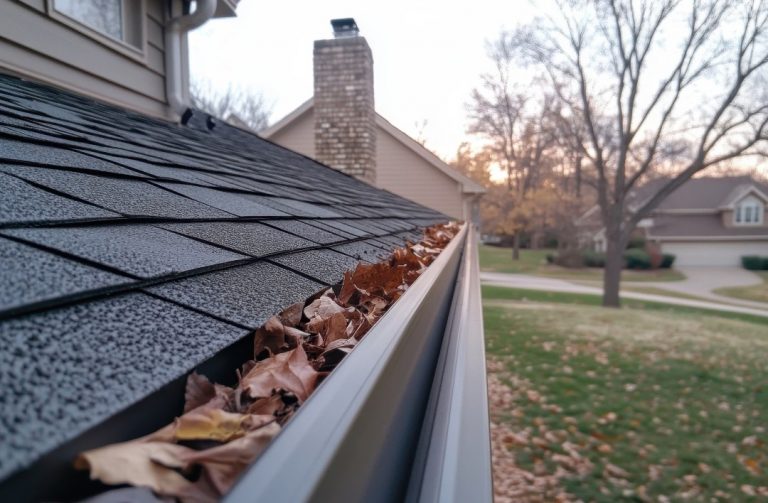As the season cools and your trees shed leaves, it’s time to talk about autumn yard maintenance. As a homeowner, you’ll want to handle debris and fallen leaves thoughtfully around your property.
Stay ahead of the buildup
When leaves drop, they don’t just look untidy. If they pile up on the lawn or hard surfaces, they can block drainage, trap moisture, and give mold or pests a chance. Rather than waiting until the lawn is buried, aim to clear regularly.
Sort zones: lawn vs. beds vs. gutters
- On the lawn, you don’t have to remove every leaf. A light scattering is fine. But a heavy layer will suffocate the grass.
- In garden beds or under shrubs and trees, you can leave more leaves or rake them in. They act like mulch and break down.
- On roofs, gutters and driveways: clear debris here. Leaves can block gutters, hold water, cause ice dams or overflow.
Decide what you’ll do with the leaves
You have options. For example:
- Mulch: shred leaves (with a mower or mulcher) and spread around beds or trees
- Compost: Leaves are a “brown” carbon-rich component and work well when mixed.
- Remove/trash: If you prefer a pristine lawn look, you can collect and dispose of leaves. But keep in mind the effort and cost.
Use the right tools & timing
- When leaves are dry, they rake or mulch easier. Wet, heavy leaves are harder.
- A broad‐head rake, leaf blower (or leaf vacuum) and a tarp make things easier.
- Plan for a final mow of the season (in your region) so the grass is neat before winter.
Don’t over-do it—use leaves to your benefit
As a homeowner, trying to remove everything thinking it will look “cleaner” will only make the garden beds looked stripped. Recent guidance shows you can leave many leaves in beds and beneath trees. They will decompose and feed soil. So, your “autumn yard maintenance” plan should include a balance.
Practical steps checklist
- Rake or blow leaves off driveways, walkways and from gutters.
- Mow lawn for the last time at slightly lower blade height (if cool-season grass) and either remove leaves or mulch them.
- Rake remaining leaves into garden beds or around trees. Don’t pile thickly on the lawn.
- Collect larger branches and twigs—these can interfere with mowing and decompose slowly.
- Set aside compost or leaf-mulch area if you’re going that route.
- Store your tools: clean rakes, leaf blower or mower and store them dry for winter use.
Following these steps helps you keep your yard in good shape through the fall. Clearing leaves, mulching where it makes sense, and tidying garden beds now will save work in spring and keep your lawn and plants healthier.


